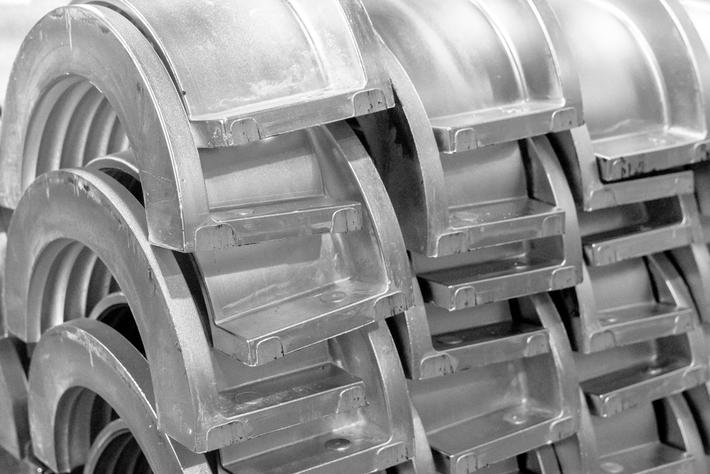
Aluminum continues to grow: the challenge for the decarbonisation focuses on primary -green metal and on recycling metal
The world production of primary aluminum in 2022 was almost 68.5 million tons, China alone exceeded 40 million tons and consolidated the leading country position; in the last place the EU area is confirmed, with a further drop in production for just over 1.3 million tons.
The growth of the value of aluminum and the future of the market
Looking at the data, the extraordinary growth of the importance of light metal and its alloys over the past 20 years is evident; At this passage, with an annual progression of 2%, according to the International Aluminium Institute we should touch 80 million tons of primary aluminum produced by 2050, if we also consider the growing and significant role in the growth of the market of use of secondary, of an increase in the next twenty years of 33 million to 81 million tons, we would be abundantly over 150 million tons of global demand for light metal for the entire industrial segment.
However, the conditional regarding which the near future of aluminum demand can be used, because two issues are related to two central issues, the energy problem and the challenge of decarbonisation. The transition of the aluminum sector to zero emissions is developing very positively, starting with the chips, where many primary producers have been with advanced phase programs for some time.
Precious, in this delicate phase of choice of a strong and shared line on energy and eco -sustainability, the coordination and support action of the II, International Aluminium Institute, which led, (as an alternative to the classic scenario mentioned above, based on the 80% increase in global demand by 2050), to several new proposals, including the "scenario1.5 ° C", based on the implementation of a significant scale of new energy resources, emerging technologies and innovative management methods and the managment of scrap discusses, in the different segments of the light metal value chain, capable of enforcing the commitment a maximum increase of 1.5 ° C of the average temperature in 2050.
It is of primary importance to emphasize that the global industry of the primary metal production indicates as a priority interest correct use of light metal pushing for the rationalization of the uses of the primary and implementing the maximum possible use of the production metal, which is the best Great sense of responsibility for light metal businesses in the face of the needs of an eco -sustainable industry, attentive to social values, aligned with the demand for a circular economy.
It is of primary importance to emphasize that the global industry of the primary metal production indicates as a priority interest correct use of light metal pushing for the rationalization of the uses of the primary and implementing the maximum possible use of the production metal, which is the best Great sense of responsibility for light metal businesses in the face of the needs of an eco -sustainable industry, attentive to social values, aligned with the demand for a circular economy.
The first data relating to 2023 confirm in many aspects a line of further solid growth, with a global increase in production of primary metal sub -annual subsequently attested between 1 and 2%, especially by virtue of growth in Brazil, Canada, China, Indonesia and Mozambique, of the increased production capacities installed, almost 2 million tons, and the modest level of production cuts (naturally in the EU area). Finally, very significant, as previously underlined, developments for the secondary production metal from recycling of scrap, with big investments in particular in China and the Gulf.
Source: A&L Aluminium Alloys Pressure Diecasting Foundry Tecniques


